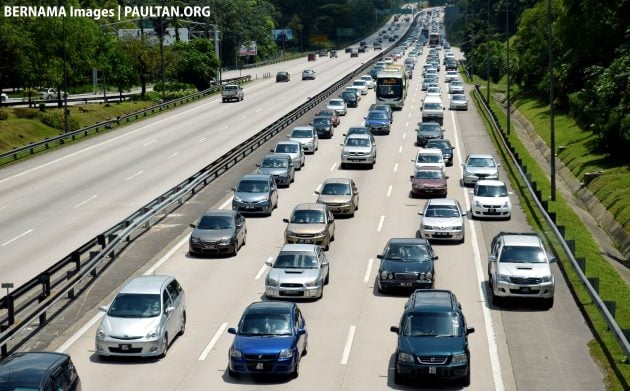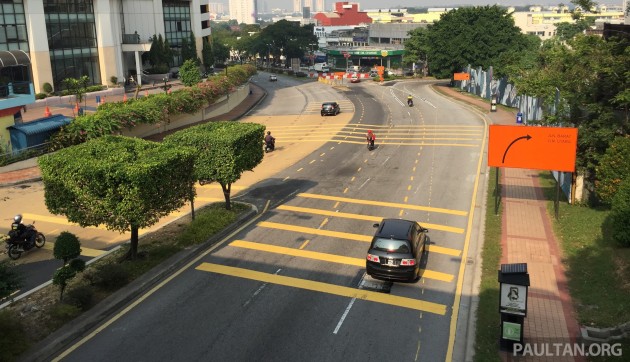It’s good news for us Malaysians, as Waze has listed Malaysia to be the best place to drive in the ASEAN region, according to a report by The Star. On a global level however, the country ranked 23 out of 38 countries in Waze’s second annual Driver Satisfaction Index, which measures overall drivers’ experiences.
The index focuses on more than 20,000 monthly active users among 235 cities and towns. It measures six factors – density of traffic, quality of roads and infrastructure, road safety, availability of driver services, socio economics and “Wazeyness” (happiness and thankfulness of Waze users).
Malaysia is one of four ASEAN countries featured in the index, with the others being Singapore (32), Indonesia (34) and the Philippines (37). From a local perspective, Central Malacca was the highest ranked Malaysian city at 94 (out of 235) for driver satisfaction, followed by Kuala Terengganu (97), Kuala Muda (105), Kota Baru (124) and Kuching (131).
Proceeding further, we find Kuantan (134), Kuala Lumpur (137), Kinta (138), Batu Pahat (139), Johor Baru (140), Kota Kinabalu (164) and Larut and Matang (166). Coming in at last place as the worst place to drive in the world is the city of Cebu in the Philippines.
“Generally we (Malaysians) are not really satisfied. Overall the results show that Malaysians are right in the middle of the ranking,” said Waze Malaysia’s sales manager Edward Ling Sieak Meeng, who added that drivers here were “neither too happy nor too dissatisfied” with driving conditions.
The index revealed that Malaysians are most satisfied about road quality, but are mostly unhappy with the availability of driver services such as access to petrol stations and parking facilities. There you have it folks, Malaysia is the best place to drive in the ASEAN region. Do you agree? Sound off in the comments section down below.
Looking to sell your car? Sell it with Carro.













AI-generated Summary ✨
Comments on the blog post reveal mixed sentiments about driving in Malaysia. Many highlight issues like poor road maintenance, potholes, and hazardous conditions, questioning the accuracy of Waze reports. There is criticism of driver behavior, including lane hogging, reckless driving, and tailgating, which affect driving quality despite good road infrastructure. Some comments praise Malaysia’s roads as being well-engineered, but point out that maintenance is lacking. Several express frustration with corruption and law enforcement on roads. A few compare Malaysia favorably to other ASEAN countries or regions, while others mention the high toll charges and public transportation shortcomings. Overall, the comments reflect appreciation for Malaysia’s infrastructure but emphasize problematic driver attitudes and road conditions that hinder a positive driving experience.